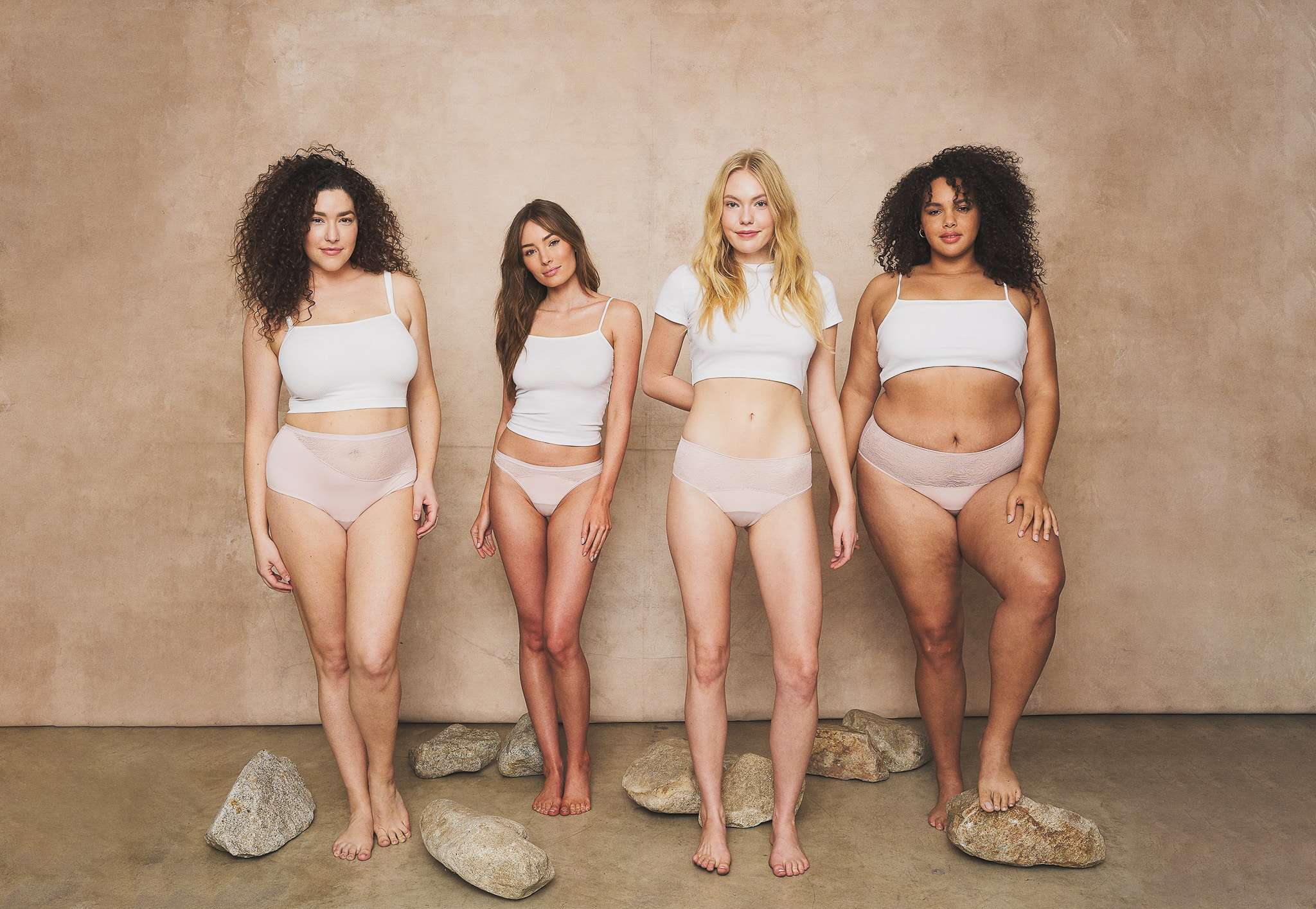Menstrual products are the new plastic straws, especially for younger generations seeking reusable period products that match their sustainable ethos. And the industry is responding in kind.
Most people who menstruate try not to spend that much time thinking about it. Whether that’s trying to forget about the cramps, the bloating, and of course, the blood—there’s every reason to want to put it out of mind. But there’s another reason it can hurt to think about it: all of the waste.
A menstruator will use anywhere from 5,000 to 10,000 tampons over the course of their ovulating years. And considering that half of the planet menstruates, the single-use products are significantly problematic.
In 2018, more than 5.8 billion tampons were purchased just in the U.S.; Americans spend nearly $3 billion a year on tampons and pads.
The birth of disposable mentstrual products
The most common menstrual products are made with chemical-laden plastic, wrapped in plastic, and not meant to be re-used. But, before the industrial revolution’s love affair with plastic, women worked with a number of reusable materials and techniques to manage their blood flows. This included using scraps of fabrics, bark, and anything else that could absorb the blood.
It was only 100 years ago that disposable sanitary napkins made by Kotex became available. A new disposable industry was born and women didn’t look back.
But then came the environmental reckoning of the last several decades, which only ticked up in the last several years—plastic bags, straws, and takeaway containers saw reusables become fashionable and sustainable replacements. And the same shift is happening with menstrual products. Reusable products make up just a fraction of the period product market, though. But demand is on the rise, driven by environmentally conscious youth.
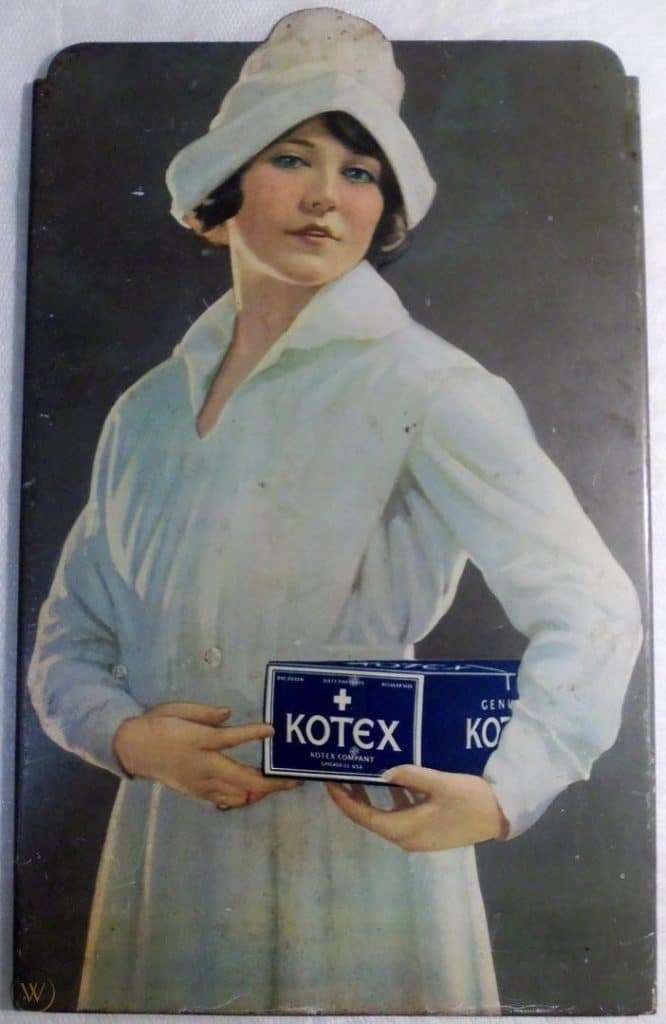
A recent New York Times article exploring menstrual culture found that younger generations, Gen Z and soon Gen Alpha, are not only more forthcoming in discussing their periods—something previous generations have largely avoided—but they’re also more interested in finding sustainable period products.
“More options for reusable period products like absorbent underwear, menstrual cups, cloth pads and panty liners, and applicator-free tampons are on the market now than ever before—some made just for teens and tweens,” writes Pooja Makhijani.
Organic tampons and pads have been available for years—they are healthier for our bodies as studies found trace levels of dioxin in some conventional tampons. Organic is indeed better for human health and the farmers producing the materials without pesticides and herbicides, but hey’re still not the most sustainable for the planet. Many come wrapped in plastic and other problematic materials.
In some ways, today’s menstrual market mirrors the time before Kotex, where reusable products were the standard. But with our evolution comes innovation across the category from period undies to cups, and more.
Period Underwear
The biggest trend in sustainable menstrual products right now is period underwear. Leak-proof period underwear offers some of the biggest sustainability benefits even without being made from sustainable materials; they reduce the need for pads, tampons, and cups and all the packaging and waste that comes with it. But there are other products, too, and a range of brands to choose from.
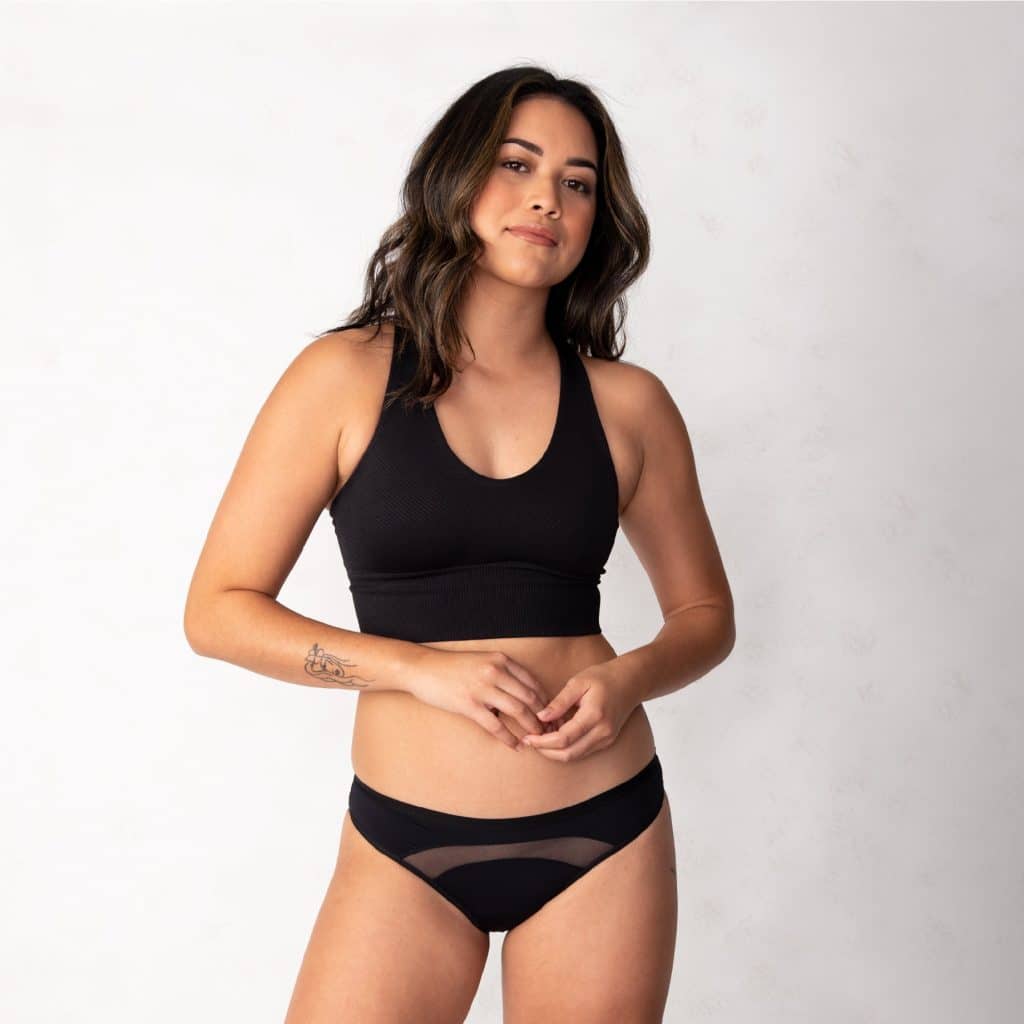
1. Saalt
Known for its reusable menstrual cups, Boise, Idaho-based Saalt ventured into the popular period underwear category early in the pandemic, launching Saalt Wear. It’s the first brand to tout a product made from upcycled plastic bottles.
“Since the pandemic, we’ve seen an increased interest in people trying reusable products, likely because they can try something new from the comfort of their home,” Saalt’s CEO and co-founder Cherie Hoeger said last year.
“Our Saalt Wear line is sustainably sourced, plus-size & skin-tone inclusive, and will keep you drier than any other period underwear on the market.” Hoeger said.
The sustainable period underwear is made with polyester that comes from recycled plastic water bottles. The products are also certified PFAS-free—PFAS are “forever chemicals” that have been linked to human health and environmental issues.
They’re also certified OEKO-TEX, meaning the materials are certified to be free of hazardous chemicals and their components.
And the underwear works, too. Saalt Wear absorbs as much as three tampons-worth of blood. The products come in a range of cuts including thong, cheeky, and even lacy styles.
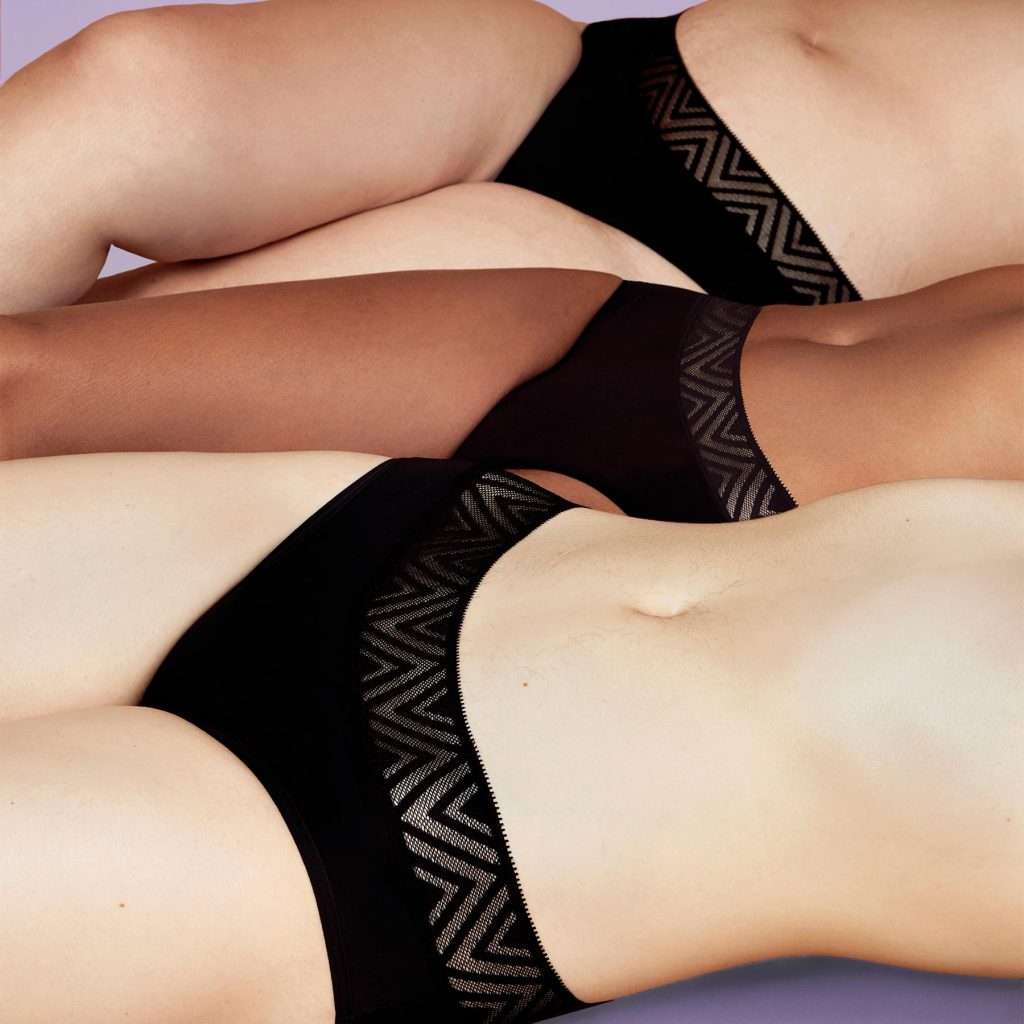
2. Thinx
The leader in the period underwear category, Thinx reduces the need for disposable period products and can absorb as much as five tampons’ worth of blood. The brand recently began offering organic cotton options, too, for a more sustainable product offering.
Thinx is an inclusive brand with gender-neutral styles and sizes that go up to 3X to fit as many body types as possible.
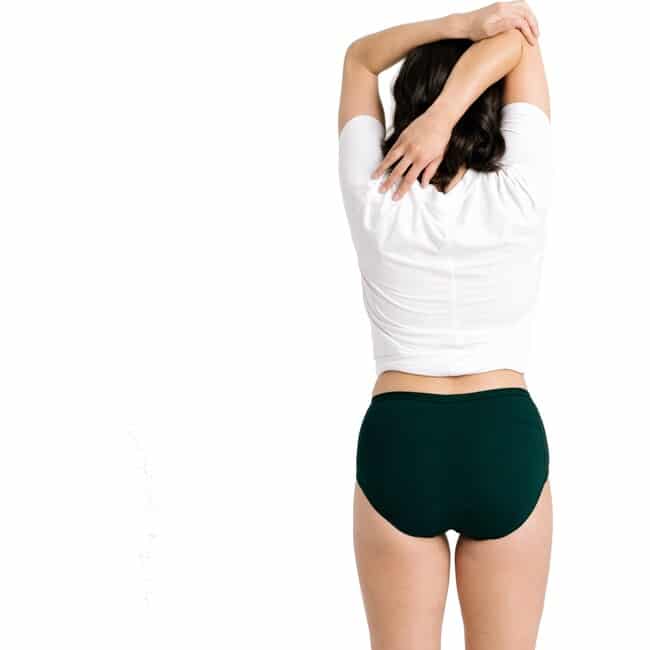
3. Aisle
The most size-inclusive brand on the market, Aisle goes up to 5X and includes a range of styles and cuts. Aisle is big on sustainable materials, too, using Tencel, recycled polyester, and organic cotton.
The brand is no stranger to period products. It used to b called Lunapads, and made reusable cotton menstrual pads for years that would snap around your undies. There’s some element of that here with the brand’s Boosters, which are inserts you can add in for heavier days as needed.
Menstrual Cups
Not quite a tampon, not quite a diaphragm (do they still make those?), menstrual cups are inserted into the vagina and rest up around the cervix. Unlike pads or tampons, cups collect, they don’t absorb. Products that absorb can remove your body’s natural moisture and lead to irritation, yeast infections, and other issues.
Products and lifespans can vary from manufacturer to manufacturer, but all will generally be similar. Just be sure you’re washing and drying them thoroughly to prevent introducing any bacteria upon insertion.
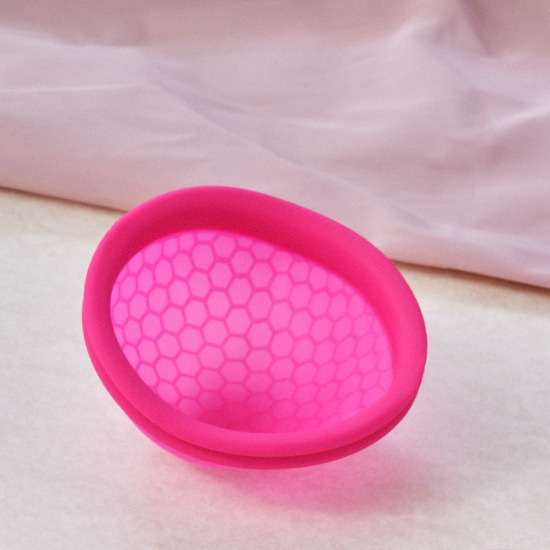
4. Intimina Ziggy Cup
Menstrual cups have been available for a while, but Intimina says its revolutionary Ziggy design truly feels like it’s not even there. You can even have sex with it in. The thin, flexible material is BPA-free, phthalate-free, and contains no harmful chemicals, bleaches, or allergens.
Ziggy can be washed and reused for up to two years.
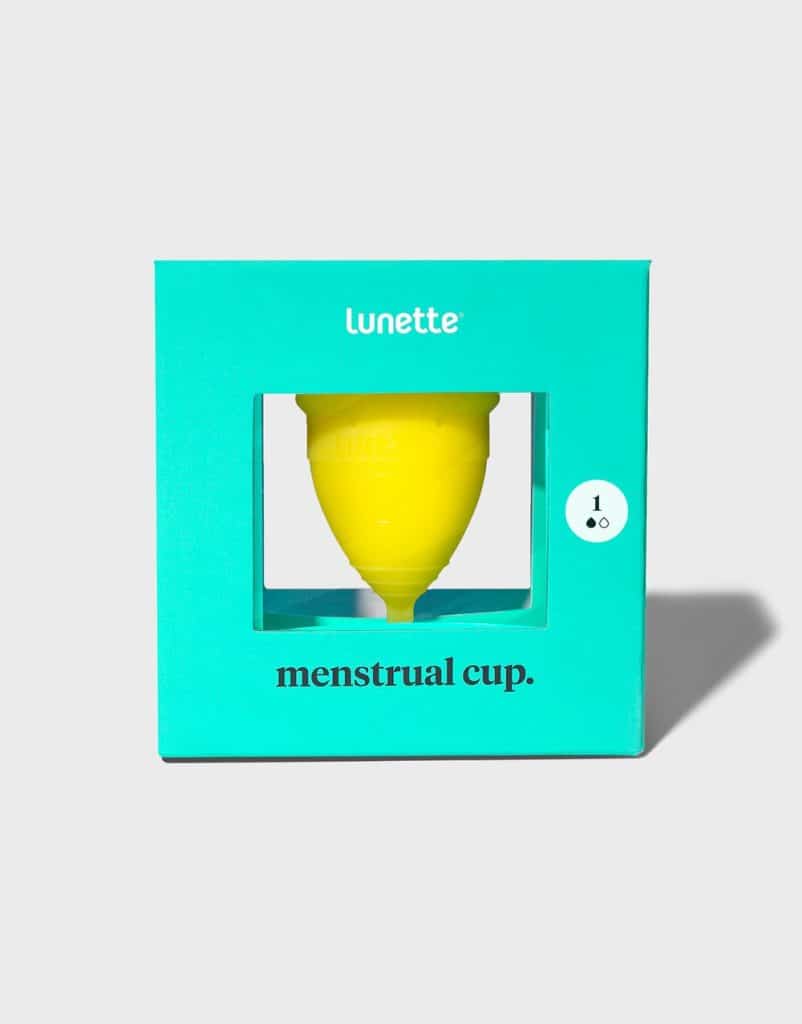
5. Lunette Cup
Made with soft, medical grade silicone, Lunette is BPA and chemical-free. The company says all products ar produced with the highest standards, testing, and love. Its cup sizes run the range from teens to post-birth bodies. It’s not compact like Ziggy, but it’s easy to get in and out with a little handle, and easy to clean. Can be worn for 12 hours at a time.
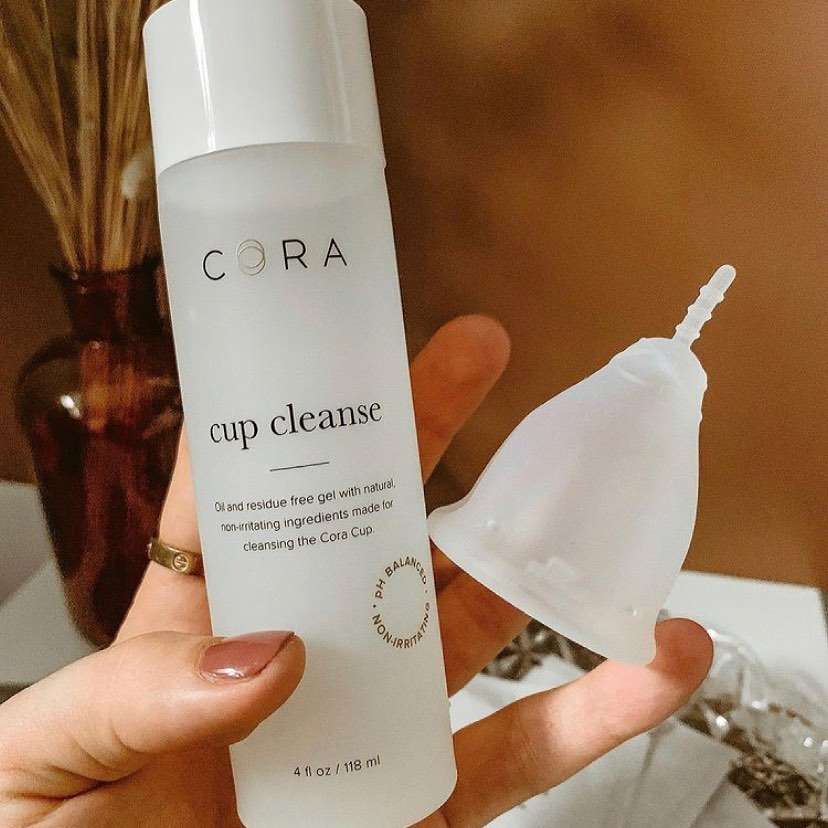
6. Cora
The Cora menstrual cup is one of the longest-lasting products on the market. The company says it’s good for a decade. Easy to insert and remove, it’s also a good “starter” cup for new menstruators. Its size options run from body type to flow type so you can find the perfect cup. The company is a supporter of menstrual health across the world with give-back programs in Kenya, India, and the U.S.
Reusable Pads
Reusable pads are a revelation. Unlike the sticky disposable kind that can stick to all the wrong places, reusable pads typically snap or button around your undies easily. They’re super simple to clean and you can adjust the pads for heavier or lighter days. While these might not be practical to use out of the house for long periods of time unless you don’t mind carrying around a used pad, they’re the perfect option for the Covid-era home-office. They’re also great starters for new menstruators who may want a bit more control than period undies offer.
7. Rael
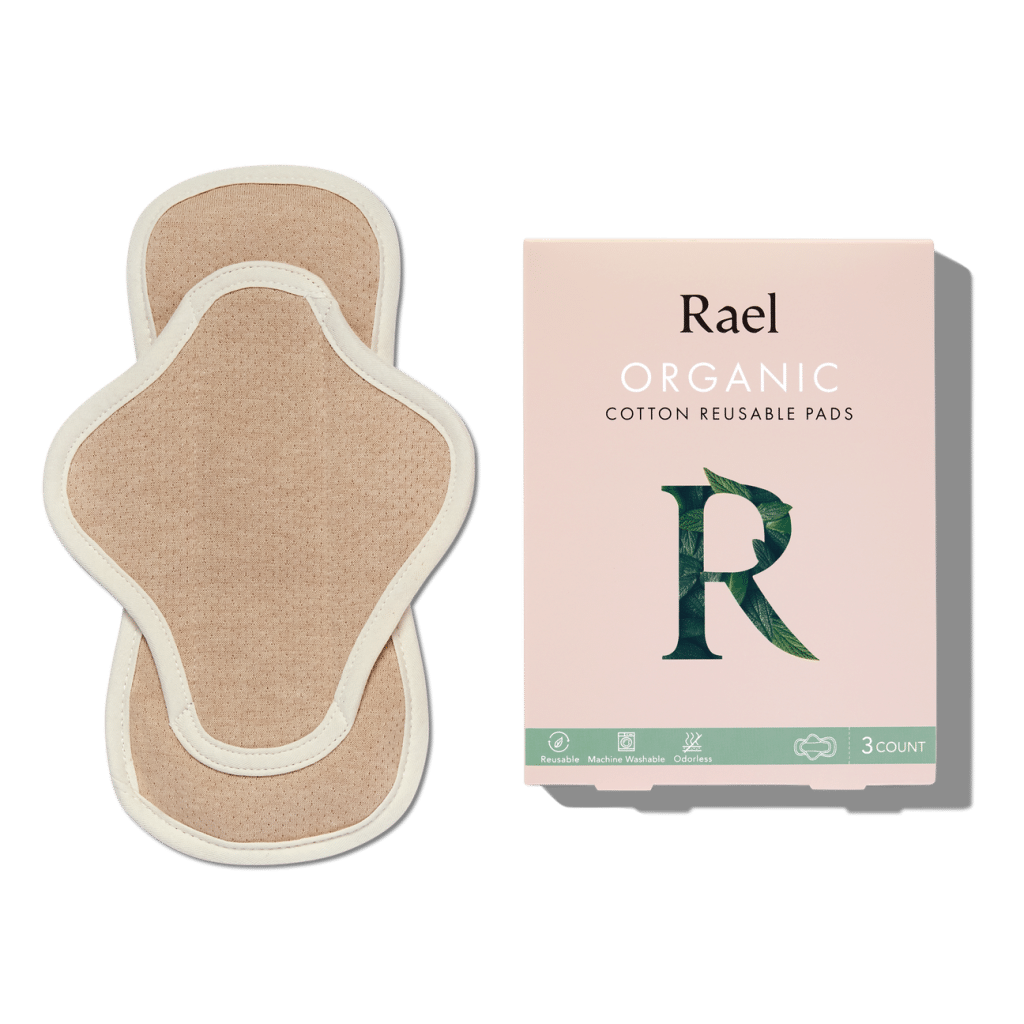
Free from toxic chemicals, Rael’s organic cotton pads do the job of absorbing blood while being comfortable and breathable. Each pad contains five laters of organic cotton. Rael’s pads come in a range of sizes and support any type of flow.
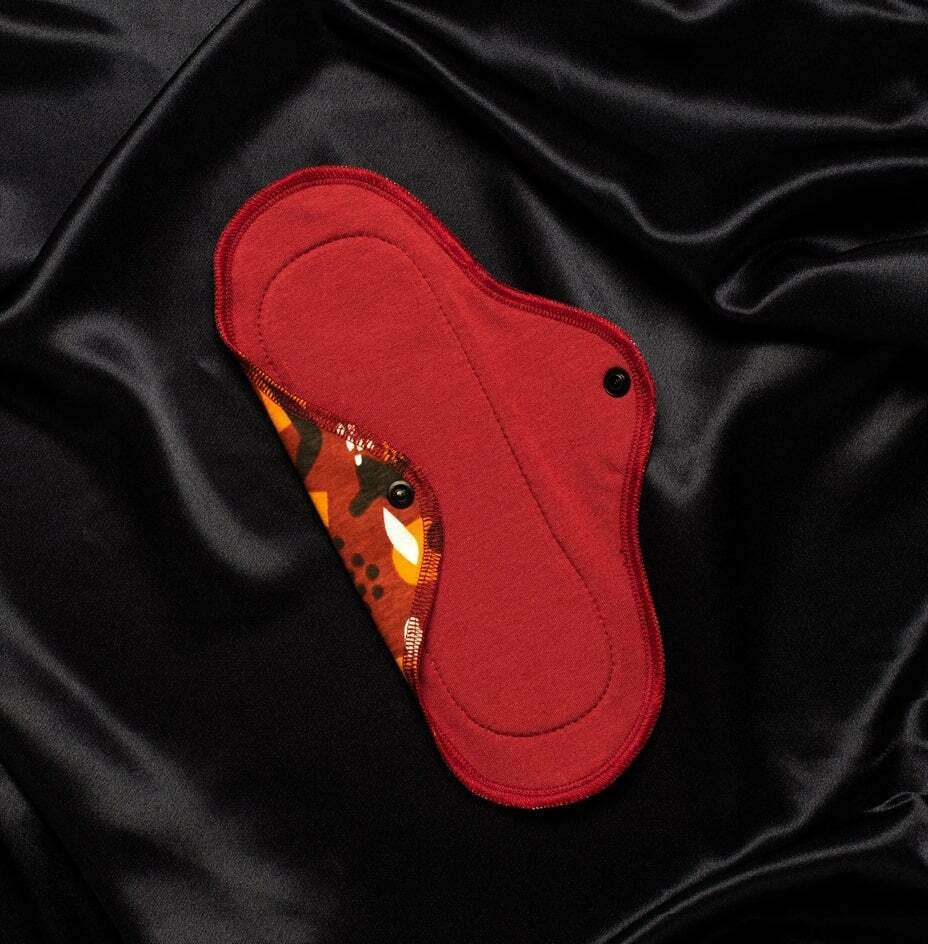
8. Aisle
Just like Aisle’s period underwear, its reusable pads are sustainably and ethically made with organic cotton and recycled polyester. They come in a range of sizes and flow levels, and the certified B Corp company even offers a quiz to help you find the best pad for you.
Reusable Tampon Applicators and Eco Tampons
Sometimes, carrying around used pads or undies isn’t an option. And if you’re spending the day at Coachella, say, rinsing out a menstrual cup next to the port-a-potties isn’t realistic, either. But you can make your tampon use a bit more sustainable by opting for a reusable applicator. They can be wiped down easily in any bathroom situation and store easily.
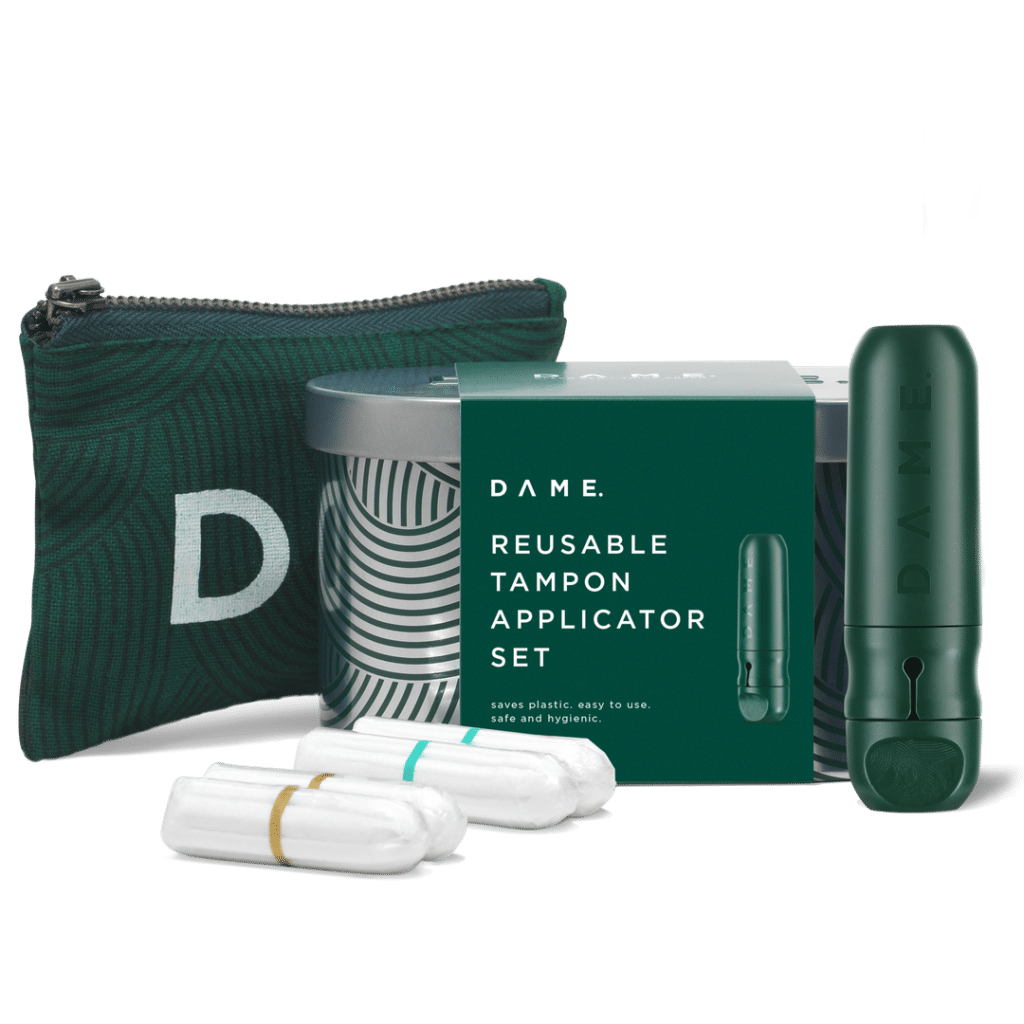
9. Dame reusable applicator
Dame claims to be the world’s first reusable tampon applicator. Its award-winning design makes insertion easy and comfortable, but without the waste. Dame says its applicator can be used an astonishing 12,000 times—about the average number of period products used in a lifetime. It contains a self-sanitizing technology to help reduce the risk of infections. And when you order from Dame, the purchase also comes with organic tampons.
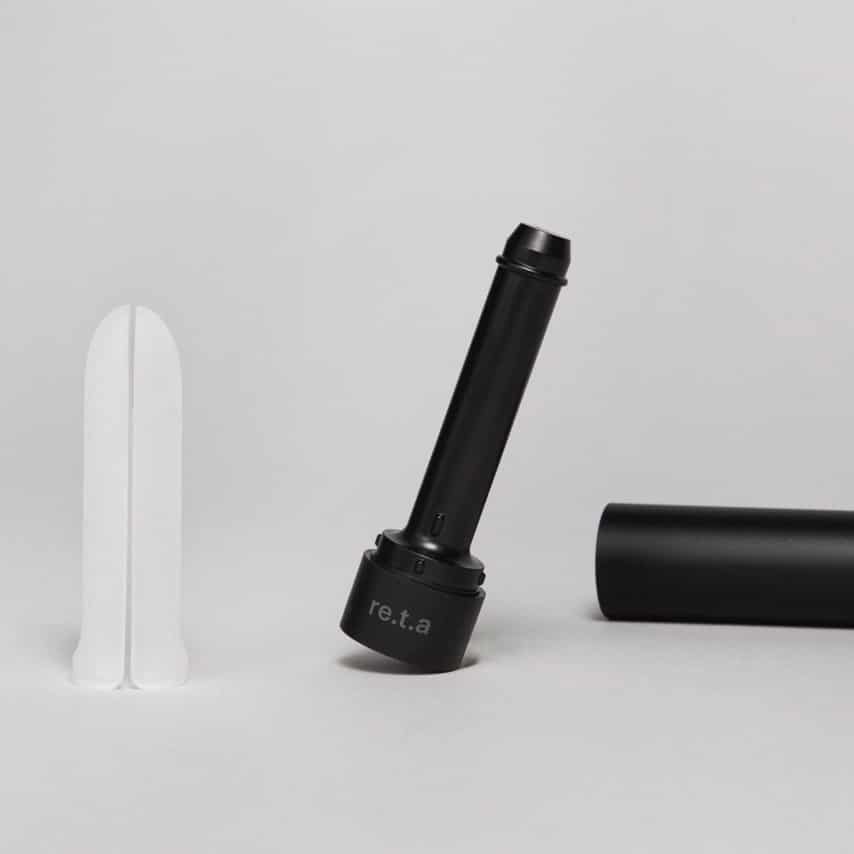
10. Thinx re.t.a reusable applicator
Like Thinx’s reusable underwear, re.t.a is designed to be sustainable and supportive of all body types. It can hold regular or super tampons. Made with medical-grade materials that are BPA- and latex-free, it’s safe from causing allergic reactions and irritation.
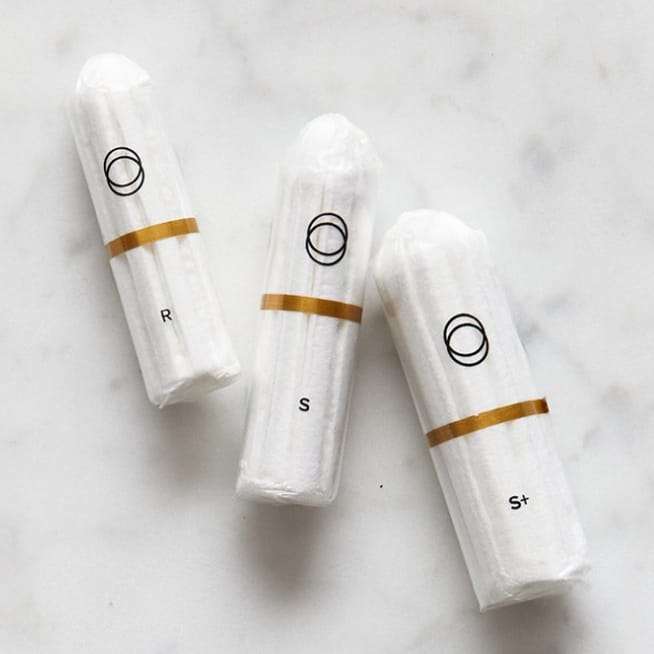
11. Cora organic tampons
For emergencies or those situations where a cup, pads, or undies won’t do it, organic cotton tampons can be life (or dress!) savers. They’re made with certified organic cotton, without pesticides, dioxins, chlorine, or fragrance so you can be sure you’re putting the cleanest product in your body. Cora offers tampons with or without an applicator. The applicator is BPA-free plastic, but the best option for the plant is a reusable applicator. The organic tampons come in sizes for light to heavy days.

